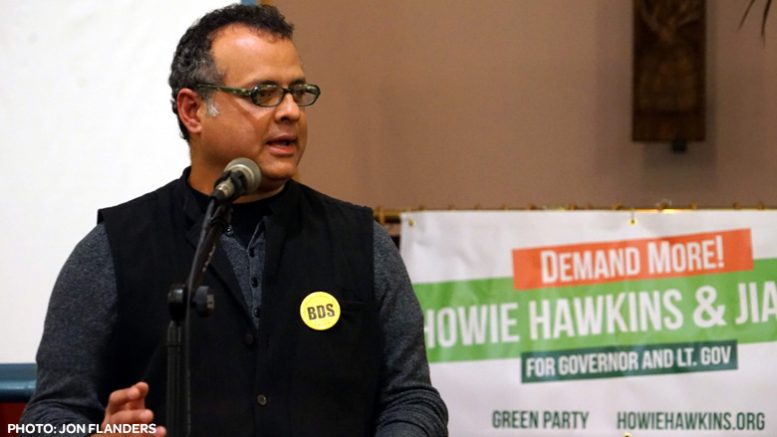The Guardian
By Bhaskar Sunkara
September 2, 2018
No one concerned about equality can deny that we live in a racist and sexist society. Unfortunately, substantive ideas of what we are to do about it are in short supply from American liberals.
For writers such as Ta-Nehisi Coates, racism won’t ever go away. It’s a kind of original sin, to be atoned for, not vanquished. For Hillary Clinton, her best 2016 campaign pitch involved reminding voters that Wall Street regulation wouldn’t end racism, sexism or LGBT oppression.
Those conclusions suggest that we should just try to cleanse ourselves of our own prejudices and try to raise the consciousness of those around us. “Diversity trainers” and consultants might be satisfied with that strategy, but the rest of us shouldn’t be.
Luckily, we already have a fantastic tool for fighting racism and sexism – it’s just not a tool that a newly “intersectional” liberal establishment is willing to wield. Unions. Beyond just giving everyone more money and job security, collective bargaining agreements won by labor unions radically reduce the wage gap between men and women, as well as those between white and non-white workers.
Female union members earn $224 a week more than non-union women workers. They still, however, get paid 12% less than their male counterparts. That’s an intolerable divide, but one that compares well to the 18.4% less than non-union women earn. The gains are even more substantial for black and Latina women. Latina union members take home 36% more than Latina non-union members. For black women union members, it’s 23% more than non-union members.
As Jake Rosenfeld and Meredith Kleykamp point out, when President Franklin D Roosevelt signed the National Labor Relations Act in 1935, which guaranteed the right of private sector employees to collectively bargain, less than 1% of black workers were in unions. By the early 1950s, 40% of black males working in the private sector were unionized. This high level of union membership wasn’t an accident – excluded groups consciously used collective bargaining to fight against discrimination and win a better position in the labor market.
The type of anti-racism that could materially improve lives, in other words, has always flowed through economic struggles. As Martin Luther King Jr put it in 1967: “We aren’t merely struggling to integrate a lunch counter now. We’re struggling to get some money to be able to buy a hamburger or a steak when we get to the counter.”
Unlike other countries, the United States didn’t have its own labor party. But union organizers and civil rights leaders pressured the Democratic party into carrying out some of the reforms that social democrats implemented elsewhere. In turn, working-class Americans of all races supported the party through its longest spell of political dominance.
It was always an uneasy alliance, however. Democrats relied on working-class votes to win elections, but the Democratic coalition also included powerful corporate interests – even big oil and General Electric – who really called the shots. And when economic growth slowed in the 1970s and business wanted to restore profitability off the backs of workers, the party quickly abandoned its promises of shared prosperity and equality and did capital’s bidding.
